Egmont Key

October 2011

Egmont Key and Sightseeing Boat Rides
Fort De Soto Bay Pier
Tour the old ruins, see beautiful wildlife, and enjoy the beach and island.
Egmont Key is a National Wildlife Refuge, National Historical Site and Bird Sanctuary at the mouth of Tampa Bay.
Take the boat from Fort De Soto Bay Pier, watch for dolphins on the 12 minute ride over. Enjoy the island for a few hours. Visit ruins, sunbathe on the beach, swim in the ocean. There is also snorkeling if you like.
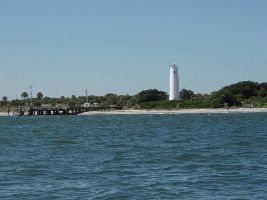
Historical Egmont Key Lighthouse
Built in 1858, the 133 foot lighthouse flashes it’s beacon every 15 seconds and can be seen for up to 22 miles at sea.
TAMPA BAY FERRY
For information on booking your own field trip to Egmont Key, just click on the link below.
You can also call for reservations.

Waiting to board the ferry at Fort DeSoto Bay Pier.
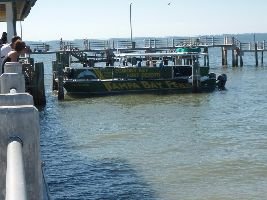
Bring:
Sunscreen
Hat
Picnic Lunch
Wear clothing and shoes
that can get wet
And your camera, or course.
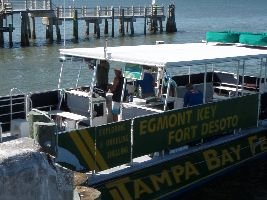
February 15 – September 7
Departs 10:00 a.m. and 11:00 a.m.
With boats returning at 2:00 p.m. and 3:00 p.m.
Fall Season Boat Tours
September 8, – November 30.
Departs at 11:00 a.m.
Returns at 3:00 p.m.
CLOSED for Winter
December 1, – February 14.
$20.00 adults
$10.00 children
It was a nice boat ride over to the island. We did see dolphins going over, but we saw many, many more on our way back.
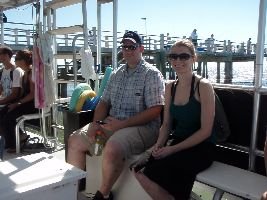

Veronica and Brian

Gordon
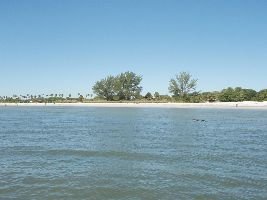
The Island
Egmont is approximately 400 acres, 1.6 miles long, less than 1/2 mile wide. Parts of the interior is designated as a wildlife refuge. Beach erosion has depleted the prime nesting area for sea turtles.
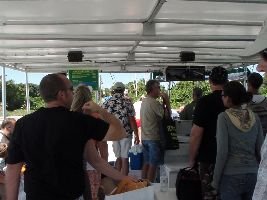
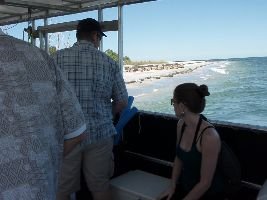
Exiting the ferry boat.
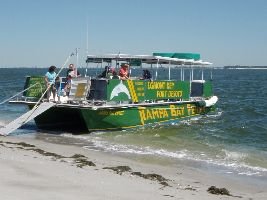

Maps and information about the island.
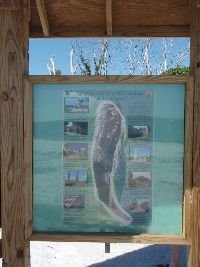
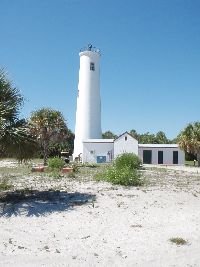
Map of Egmont Key on the top left, and the historic lighthouse on top right.
———————————————-
Egmont Key Time Line
1579 The area visited by Spanish explorers.
1757 Explorer Celi surveyed the island, erected a wooden cross and named it ‘Isla de San Blas y Barreda’.
1759 Bernard Romans charted the island, calling it Caster Key after a local pirate.
1763-1783 Britain contained control of Florida, their surveyors renamed the island Egmont Key for the Earl of Egmont.
1821 Florida was ceded to the U.S. from Spain.
1848 The first lighthouse was completed, then destroyed by a hurricane the same year.
1858 The existing lighthouse was reconstructed to withstand any storm, fitted with a Fresnel lens and Argard kerosene lamp.
Late 1850’s Seminole Indians held on Egmont Key before being transported to Oklahoma.
1861 Union Navy used Egmont Key as a blockade,( the Confederates took the Fresnel lens from the lighthouse before they evacuated), a cemetery was established for war casualties.
1898-1910 With the threat of the Spanish-American War, construction of two forts was begun, Fort Dade on Egmont Key, and Fort DeSoto on Mullet Key. Egmont Key was a quarantine station for soldiers returning from Cuba, in order to contain smallpox. In 1906, Fort Dade was a small city of 300, with electricity, telephones, movie theater, hospital, school, and red brick streets.
1926 The Tampa Bay Pilots Association began operations to pilot vessels through the main channel to the Tampa docks.
1940’s WWII- The island used by the military for surveillance.
1974 Egmont Key designated as a National Wildlife Refuge.
1989 The Florida Park Service, with the U.S. Fish and Wildlife Service, established Egmont Key as a State Park.
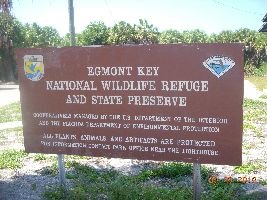
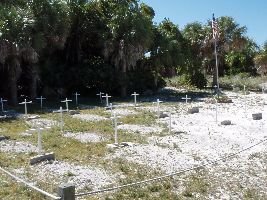
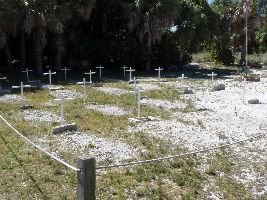
Historical cemetery on the island.
Some Seminole Indians were kept here before being transported to Oklahoma. Some are buried here. Along with the lighthouse keeper’s family.

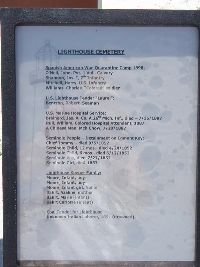
Names of the dead.
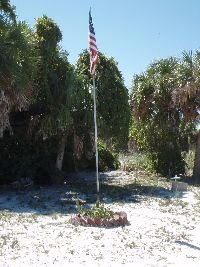
An American flag in the middle of the cemetery.
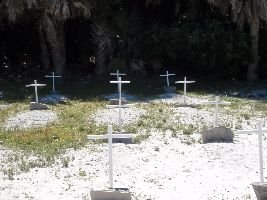
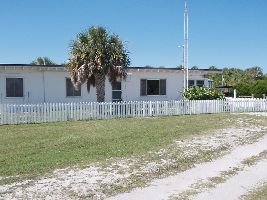
The only resident of the island. The forest ranger.
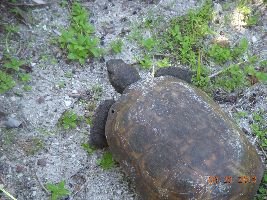
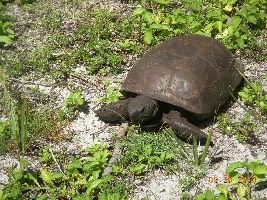
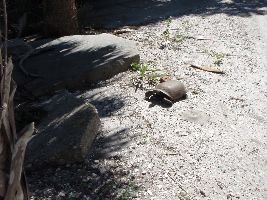
Take Only Photographs, Leave Only Footprints
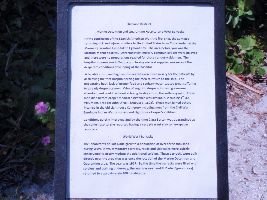
Some of the placards that you will come upon.

Civilian Housing on Palmetto Ave. North of The Guard House
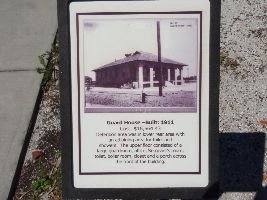
The Guardhouse then, built in 1911, and the Guardhouse now. Below.
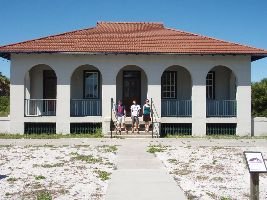
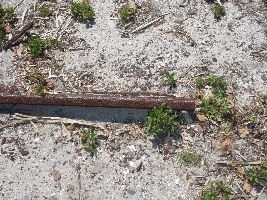
The old railroad.
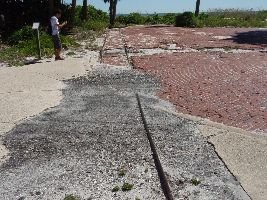
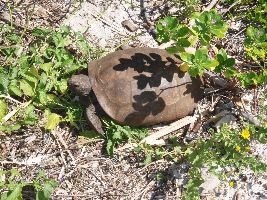
Beautiful Gopher Turtles everywhere.

The entire island is covered with these beautiful red brick roads.
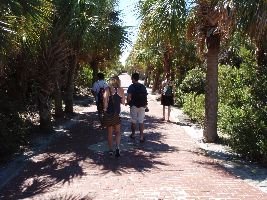
We found a shady spot for our picnic.
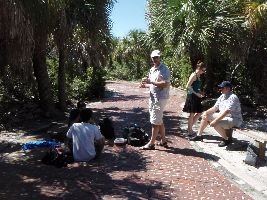
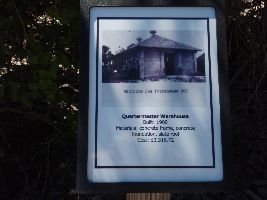
This is the old QuarterMaster House. Below are the ruins of the old Quarter Master House.
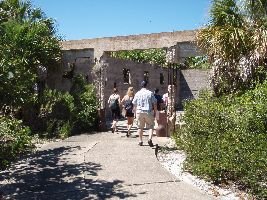
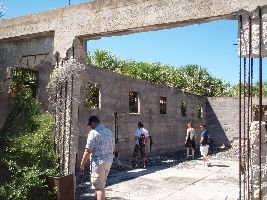
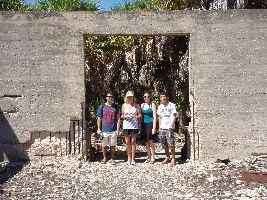
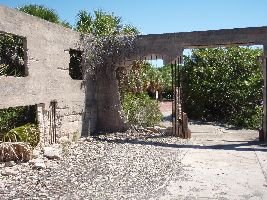
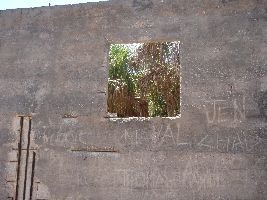
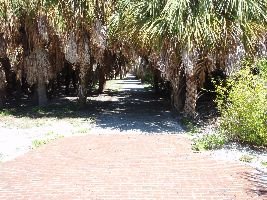
Following the beautiful red brick roads.

—————————————————
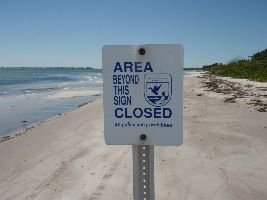
Egmont Key and Fort De Soto Regulations
*No alcohol is permitted in state and county parks.
*Interior sand is extremely hot. Bring water. Wear shoes while hiking, take caution on uneven walkways.
*Do not handle turtles! Watch, take pictures, and let them go their way.
*Take nothing but photographs and leave nothing but footprints.
*No littering. All trash must be taken back on the ferry boat and disposed of properly.
*Follow maps, roads and paths.
*When hiking and exploring around the ruins of Fort Dade, do not damage structures or remove artifacts.
——————————
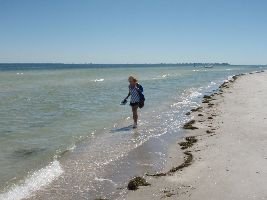
Looking for shells on the beach.
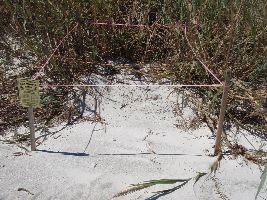
Found a Sea Turtles Nest
—————————————–
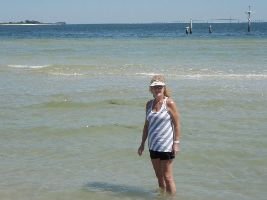
The water was wonderful! Found lots of shells. Below I am standing on a sandbar as our ferry boat is in the background.
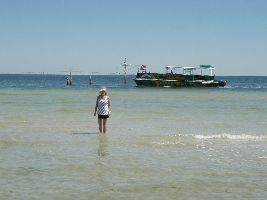
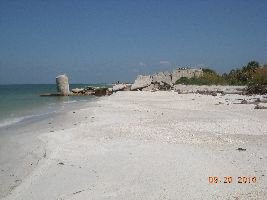
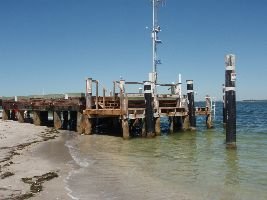
The old wharf.

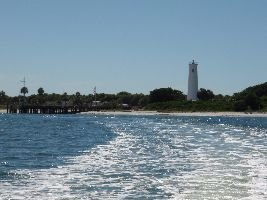
Julie and Joseph. On the way back to shore from the island.
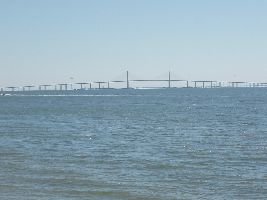
The famous Sunshine Skyway Bridge that runs from St. Pete to Bradenton. This 4.1 mile bridge coasts through the clouds at 190 feet above Tampa Bay, connecting St. Petersburg to the mainland and Highway 75 south to Sarasota.
It was a great day!
——————————————
Save Egmont Key!
Due to rapid erosion, over 50% of Egmont Key National Wildlife Refuge has been lost.
Continued erosion threatens:
– Fort Dade. Listed on the National Register of Historic Places, its batteries and buildings are important parts of our military heritage. A number of its historic structures have already been lost.
– An important Tampa Bay recreational area that over 200,000 people visit and enjoy every year.
– The nesting sites for over 33,000 pairs of shorebirds. Because of beach development elsewhere these birds have run out of safe places to rest, nest and raise their chicks.
-Nesting beaches for the loggerhead sea turtles and a home of a large population of State threatened gopher tortoises.
Visit
http://www.TampaBayRefuges.org
For More Information.
——————————————-
